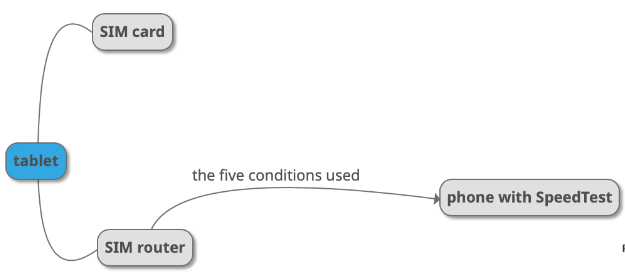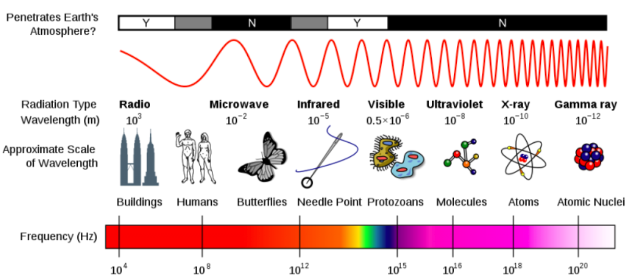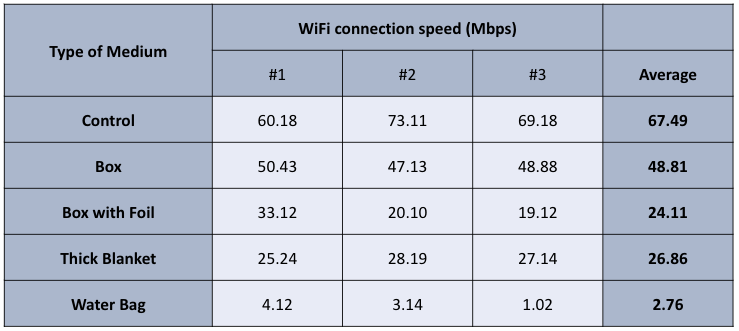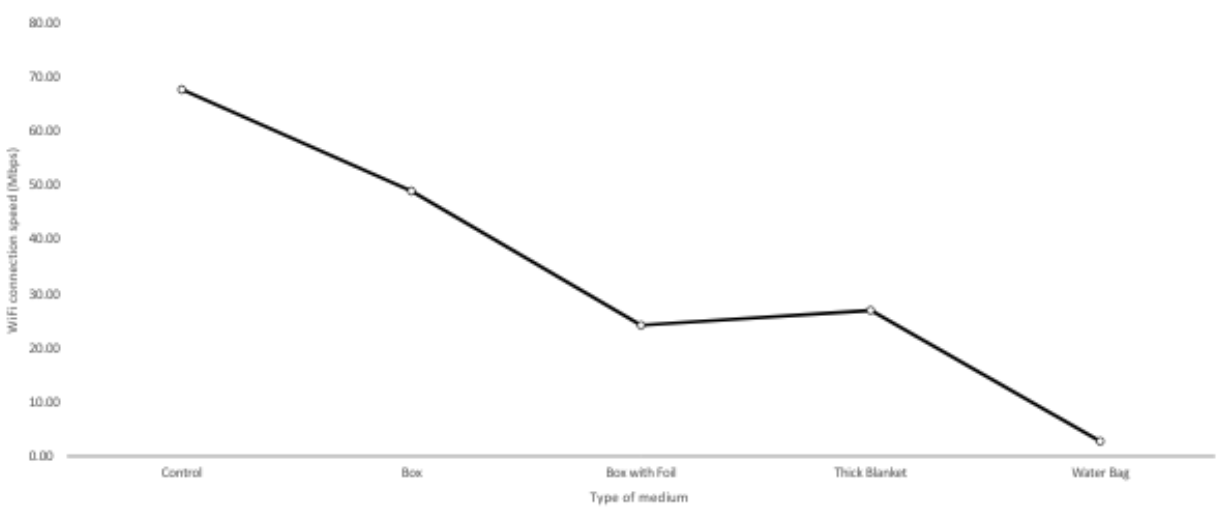Research notes
WiFi is a great invention of humanity that allows fast and almost effortless communication between users of any world and access to the Net. WiFi is, in fact, the key to the digital data environment, so any access point, whether private or public, with a password (if available) allows people to connect to the network. The use of WiFi networking is based on an understanding of the workings of electromagnetic waves that transmit the signal. In life, we usually only encounter visible light, which gives all objects around us some kind of color – these are nanometer wavelengths. However, there are other bands that include radio waves (Crockett, 2019). WiFi technologies are tuned to transmit the signal through the radio air, which means that the wavelengths of the corresponding wavelengths connecting all the connected devices in the world are the greatest. This is the advantage of WiFi networking – the signal can spread safely over kilometers of distance and reach the recipients even in bad weather. It is these features, combined with the understanding of radio signal principles and the creation of amplifying receivers, that have brought WiFi to widespread popularity. According to Johnson (2021), more than half of the world’s people (4.66 billion) use this network.
Research question
Thus, the research question that caught my attention was to identify the weaknesses of WiFi. There is no way that a human-designed network does not have weaknesses in terms of user experience. Then I started remembering what problems I was having with the technology and found that I could lose signal from the router even if I just moved to another room. Losing signals from WiFi is a serious omission from a technical and infrastructural design perspective. With that in mind, the question that seemed most appealing to my research was to identify those environments that impede rapid WiFi signal propagation. I would use several potential barriers: a cardboard box, a box padded with foil; a thick blanket; and a container of water.
Hypothesis
My working hypothesis was based on using four different environments to study the speed of the Internet connection from the WiFi router. Therefore, I would form a general hypothesis as follows. If you use a cardboard box, a dense blanket, a box padded with foil, and a container of water, the speed of the WiFi connection will decrease in the listed order because each of the following environments is denser than the previous ones and worsens the spread of radio signals in space.
Variables
Thus, my experiment requires the use of several variables. I will use the type of environment as the independent variable — four levels in total. I will use WiFi connection speed as the dependent variable, which is a quantitative measure that shows the instantaneous speed of the network in Mbps. The controlled variables, which I will not change so as not to distort the reliability of the results, are using the same devices, on the same day, during the same weather.
Materials
- Sim-router;
- A cardboard shoebox;
- A shoebox with layers of foil on all sides;
- A thick blanket or towel;
- A thick plastic bag with water in it;
- A phone with a WiFi connection.
Procedures
- Place on the table a sim modem connected to the tablet — this will create an access point and distribute WiFi.
- Connect to WiFi from the phone and check the network performance — record Mbps readings.
- Disconnect from the WiFi network and reconnect to record a second and then a third reading. Disconnect from WiFi.
- Cover the modem router with a box, and then repeat steps 2-3.
- Cover the modem router with a foil box, and then repeat steps 2-3.
- Cover the modem router with a thick blanket, and then repeat steps 2-3.
- Carefully cover the modem router with a dense plastic bag without holes filled with water (envelop the device), and then repeat steps 2-3.
- Record all measurement data into a single table and engage in statistical processing.
Pictures




Findings and Conclusions
As shown, the type of environment did have an effect on the WiFi signal speed, and the difference in the average values was evident. All four levels of experimental environments showed a drop in WiFi speed in the order in which they were predicted by me, and hence, my hypothesis was confirmed.
I really thought that changing the density of the medium affected the signal propagation from the modem. It did.
Water and foil are materials that do not conduct radio waves, so WiFi will never work underwater (Pasternak, 2021).
I noticed that the speed of the WiFi signal was unstable in all three attempts for each environment — so there are additional influencing factors.
I learned that the speed of WiFi propagation is determined by the presence of obstacles in the path. So, if I want to improve the signal, I need to provide permeability.
Therefore, the type of medium used did affect the speed of WiFi signal propagation.
Application
Now, if you feel that your room is not getting the best WiFi signal, as one factor, check for obstructions in the path of the radio waves. If there are, get rid of them.
References
Crockett, C. (2019). What is the electromagnetic spectrum? EarthSky. Web.
Johnson, J. Worldwide digital population as of January 2021. Statista. Web.
McCann, E. (2020). How Wi-Fi Works: From Electricity to Information. Evan McCann. Web.
Pasternak, E. (2021). Why can’t WiFi travel through water? Quora. Web.